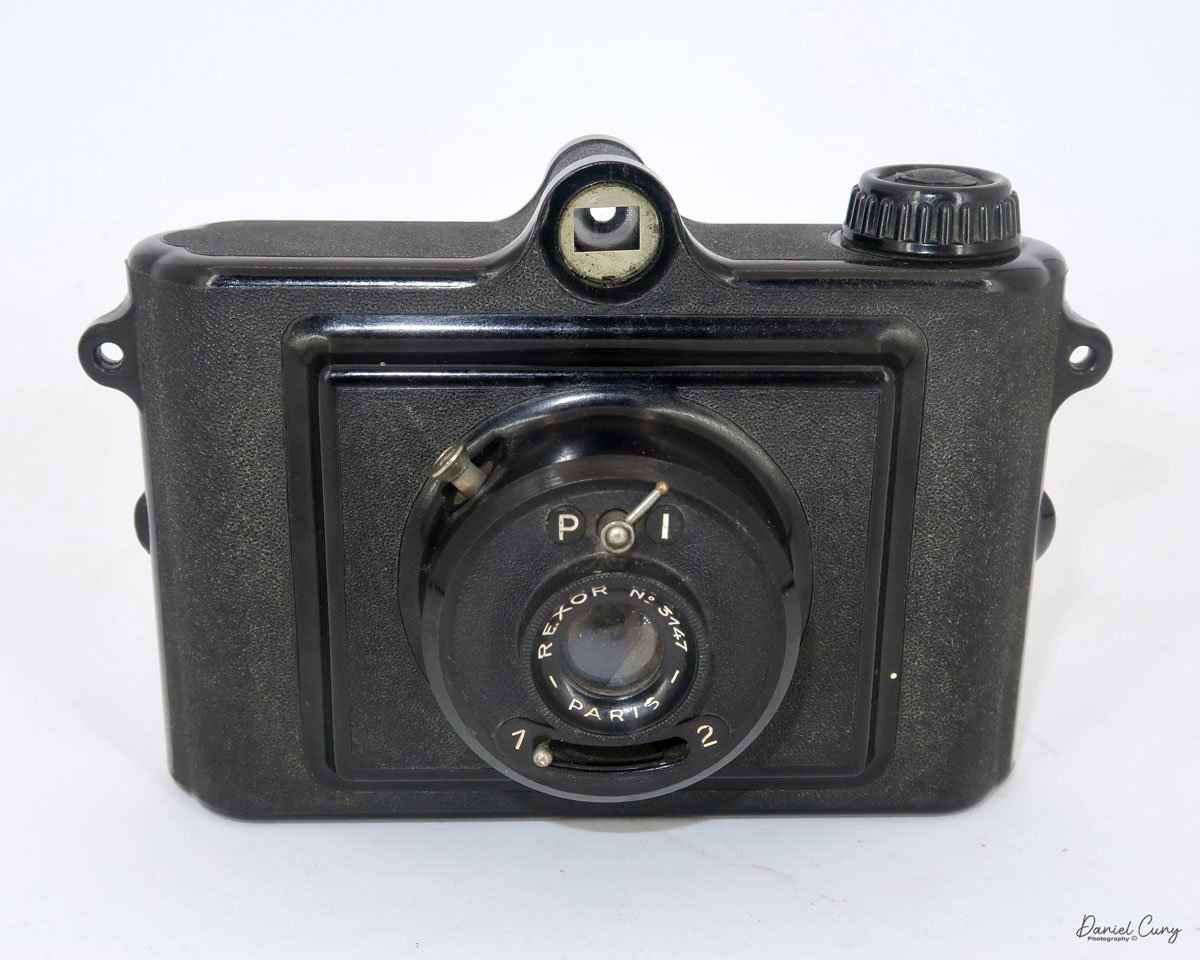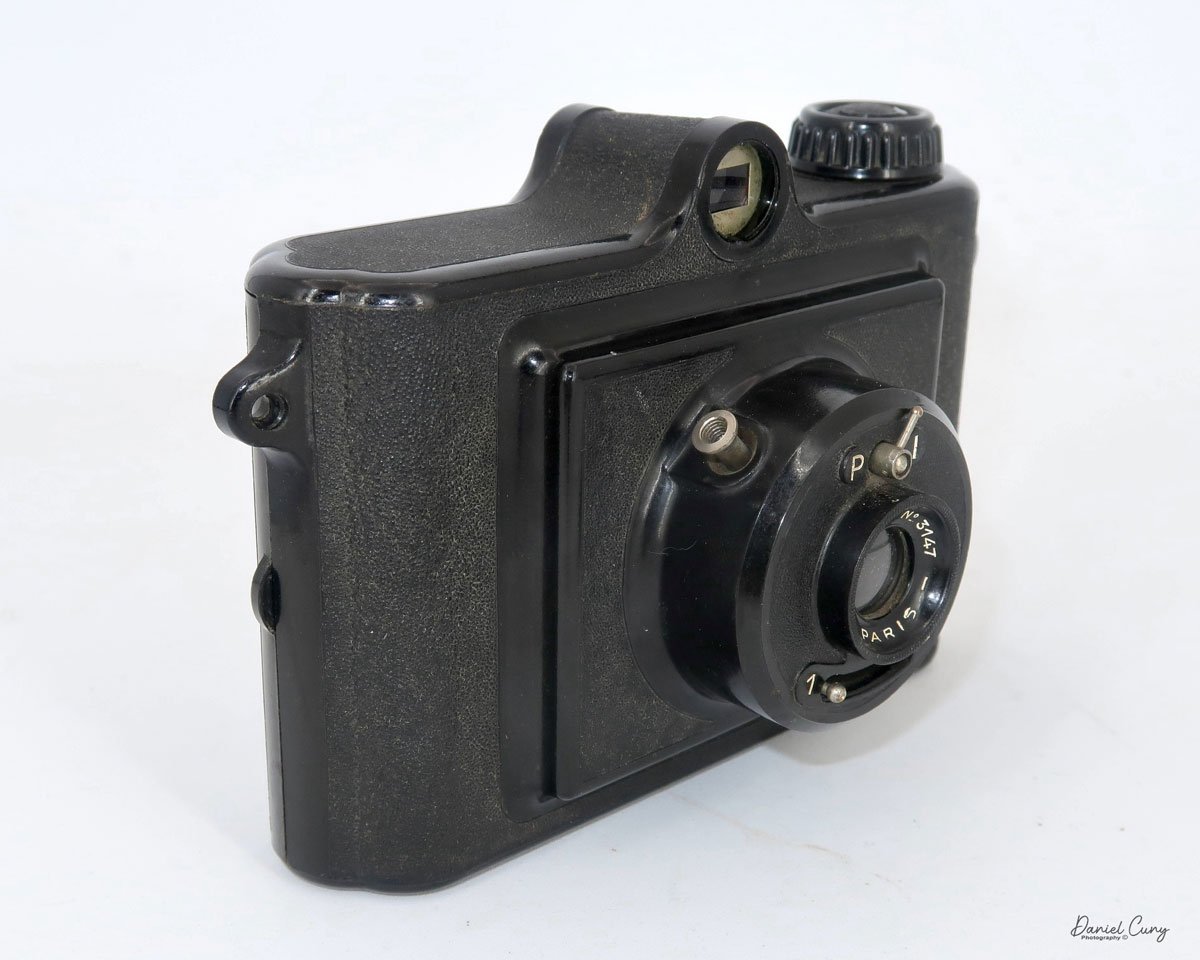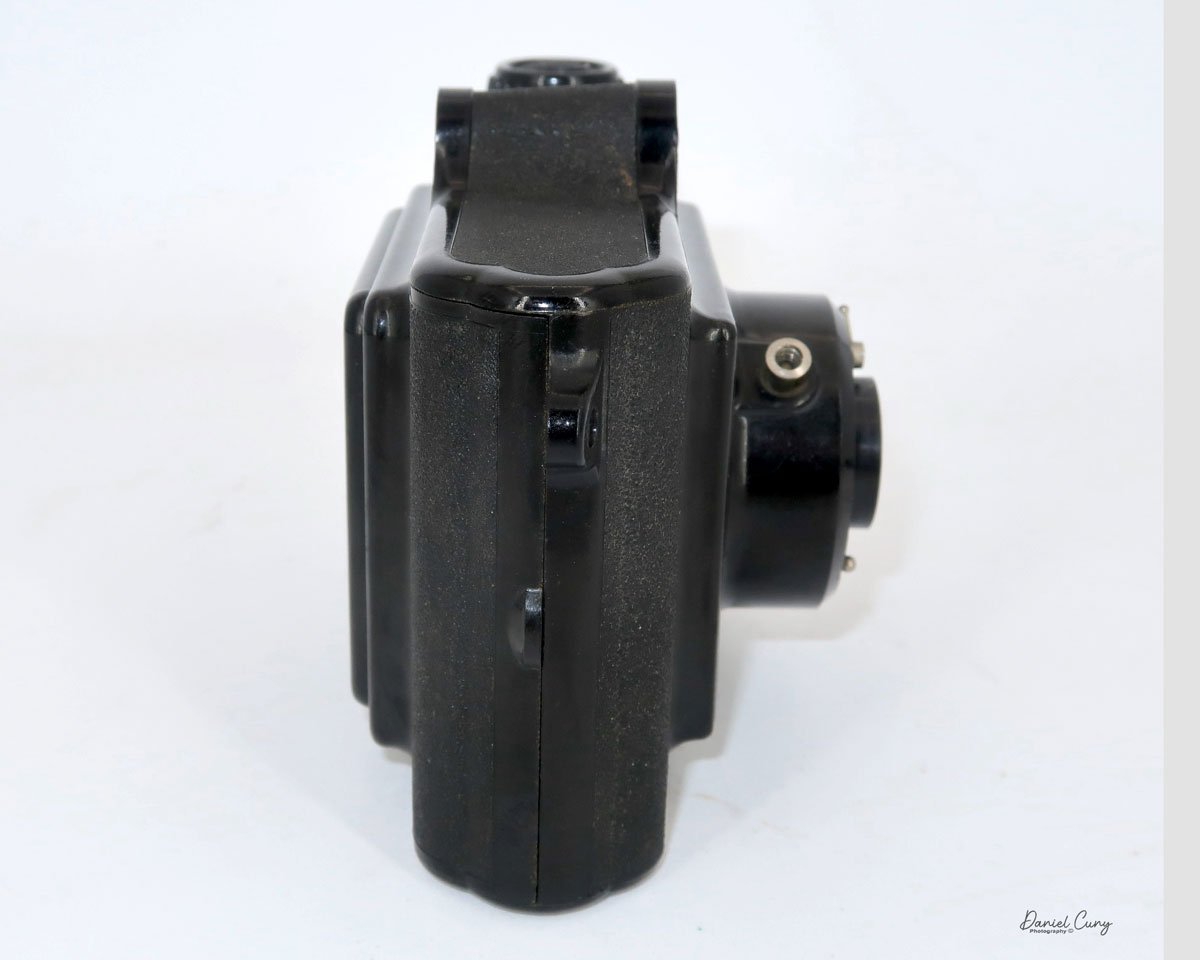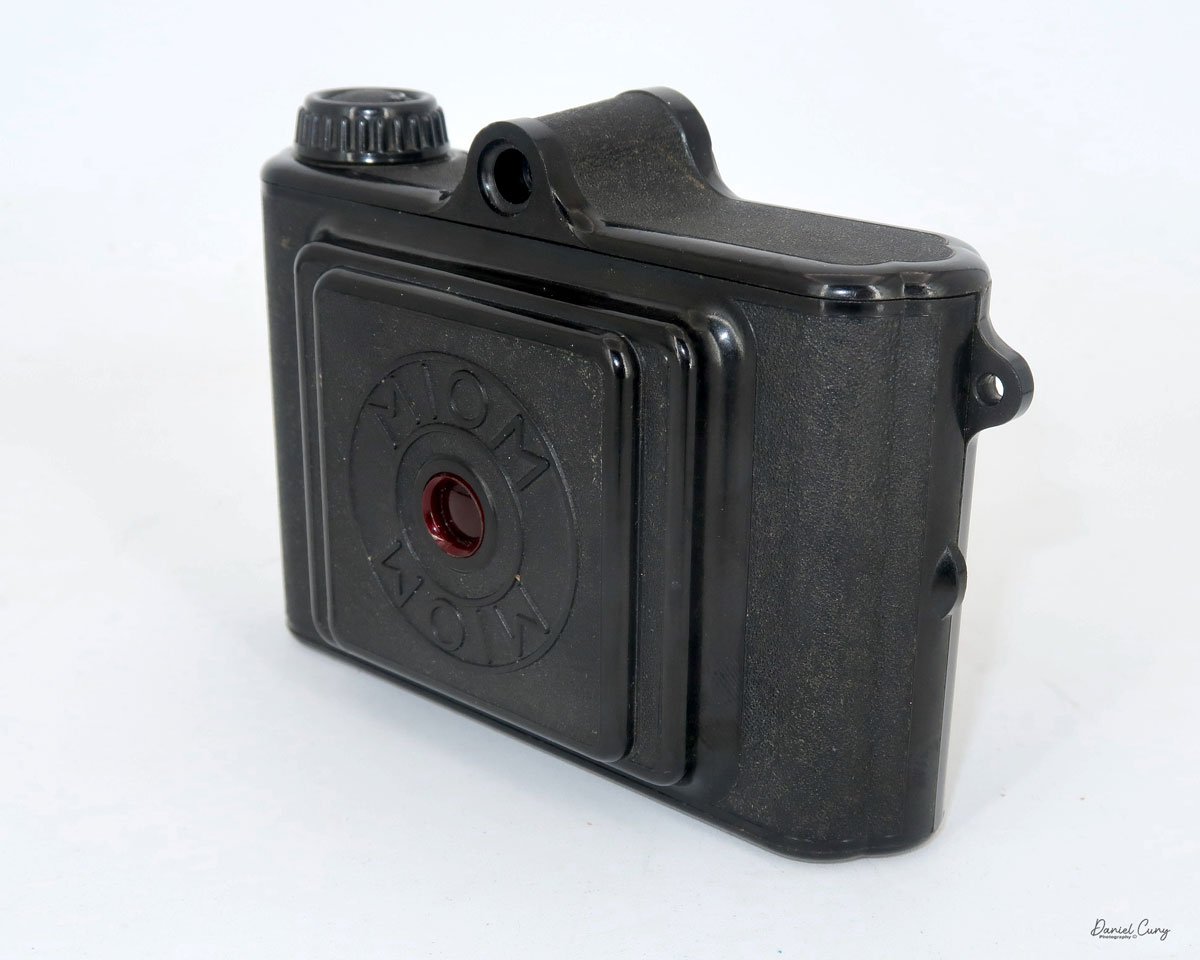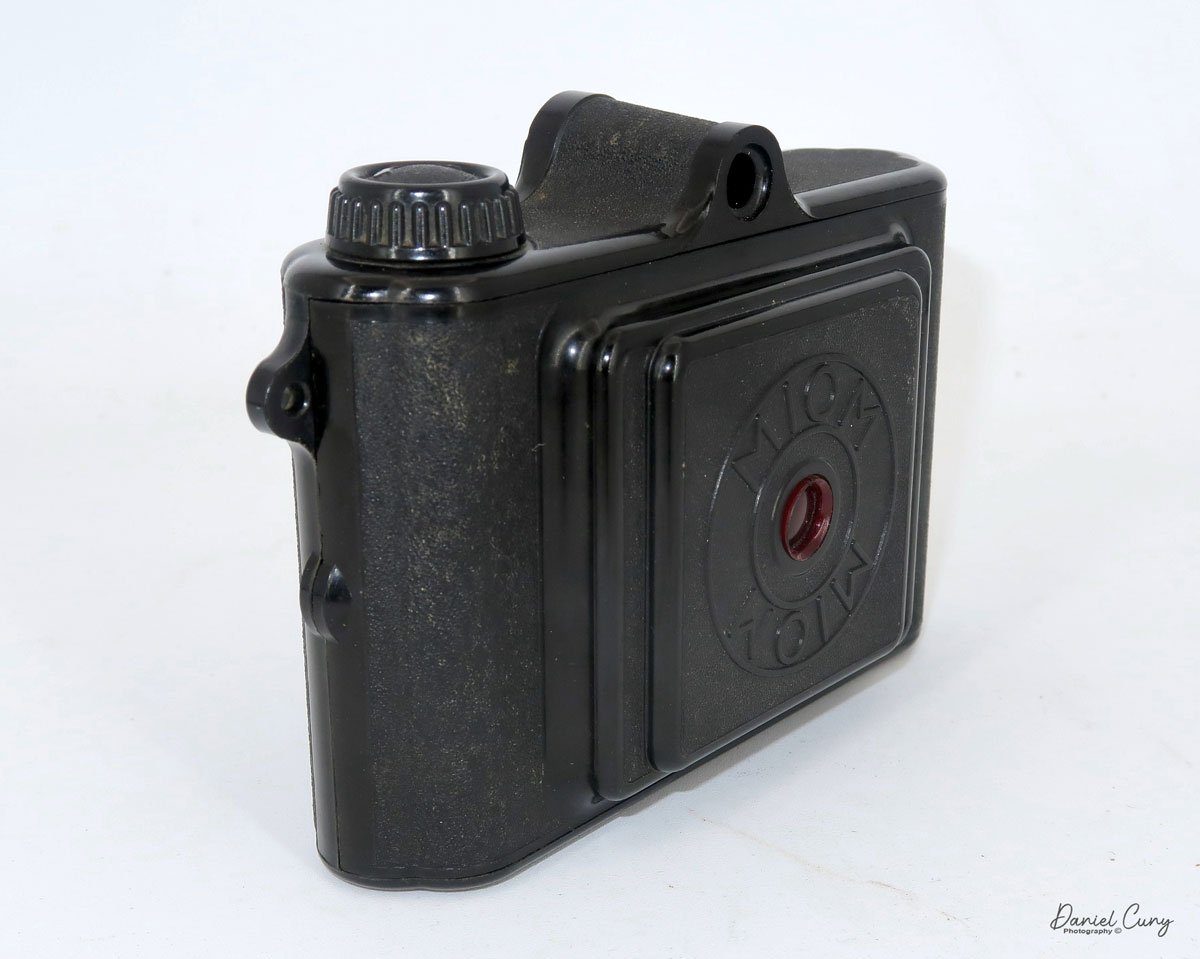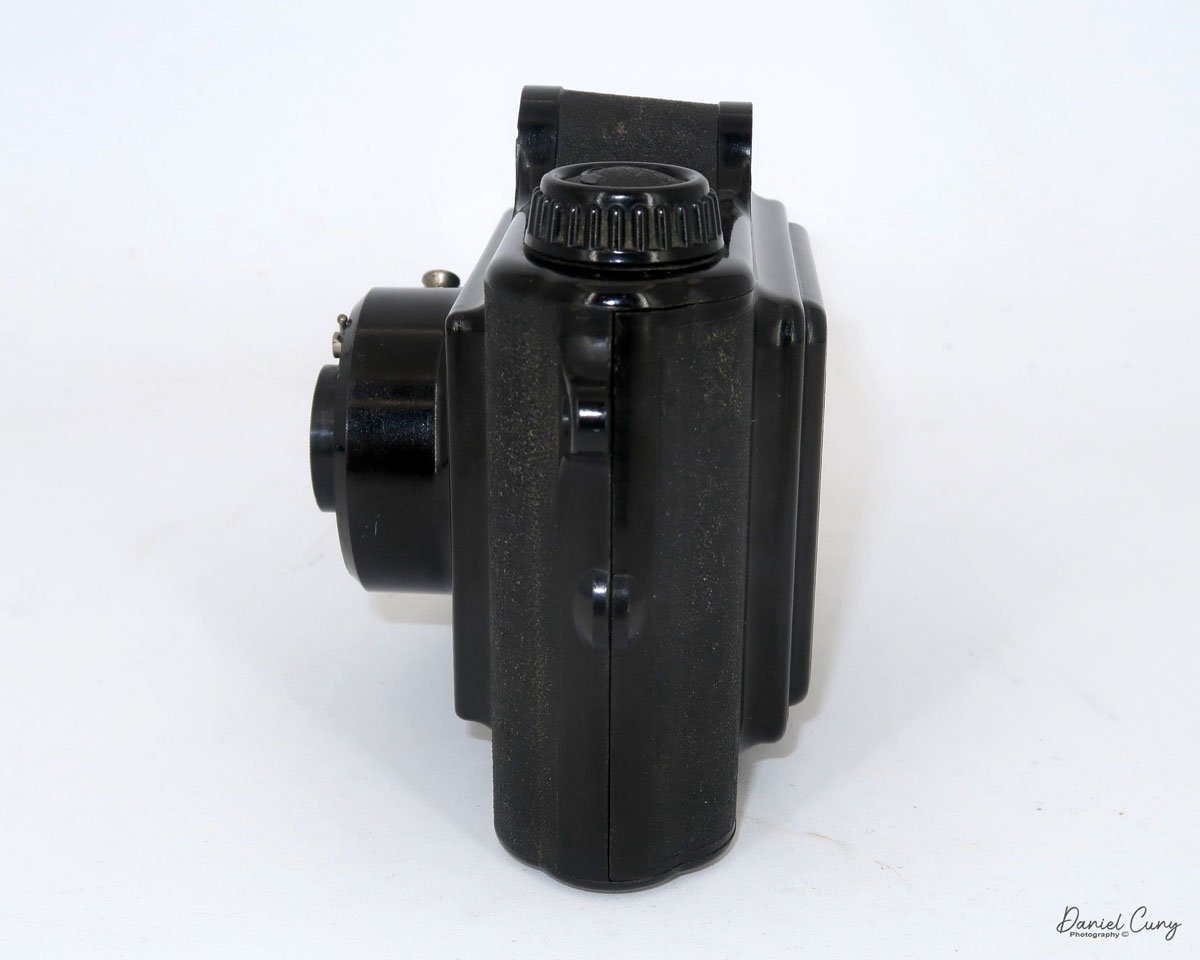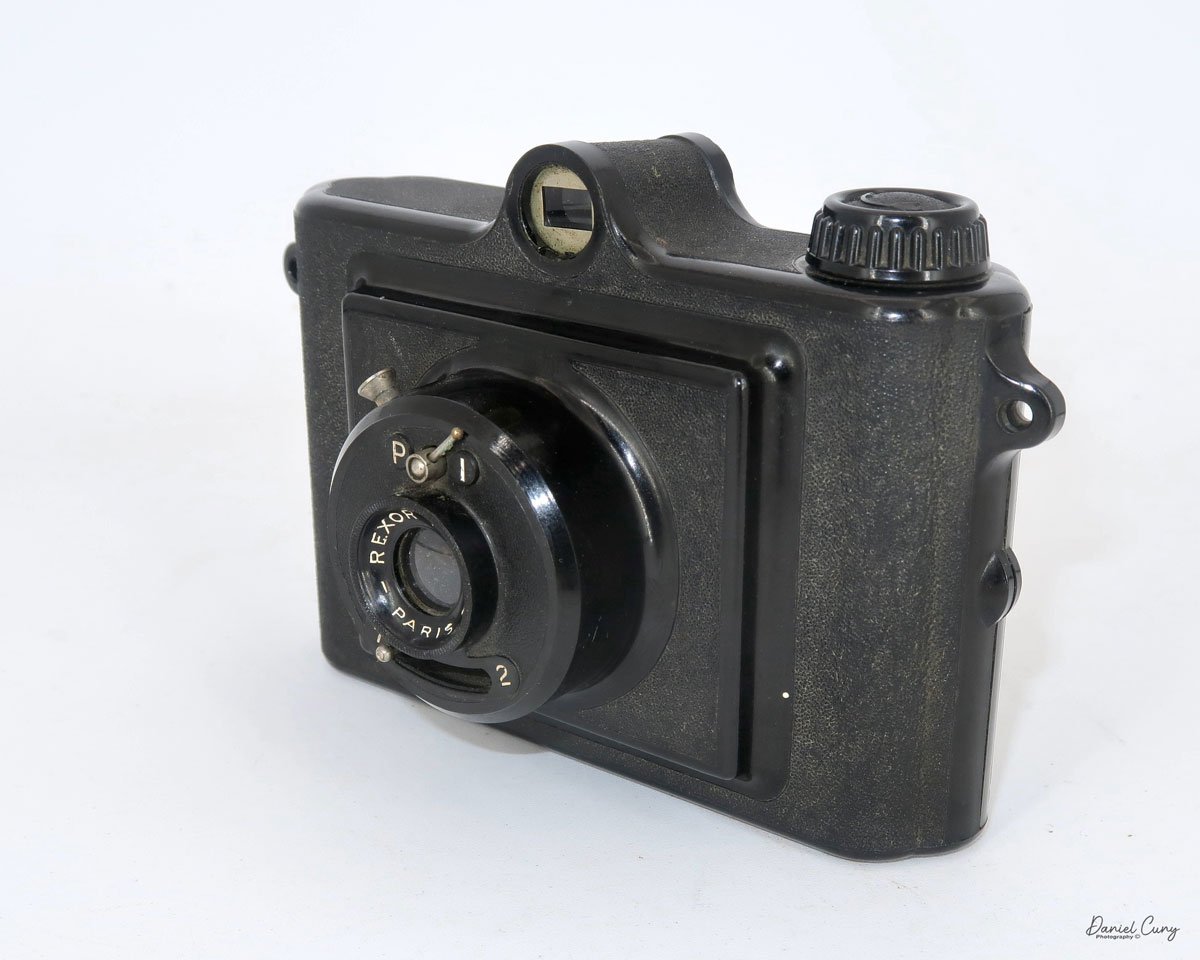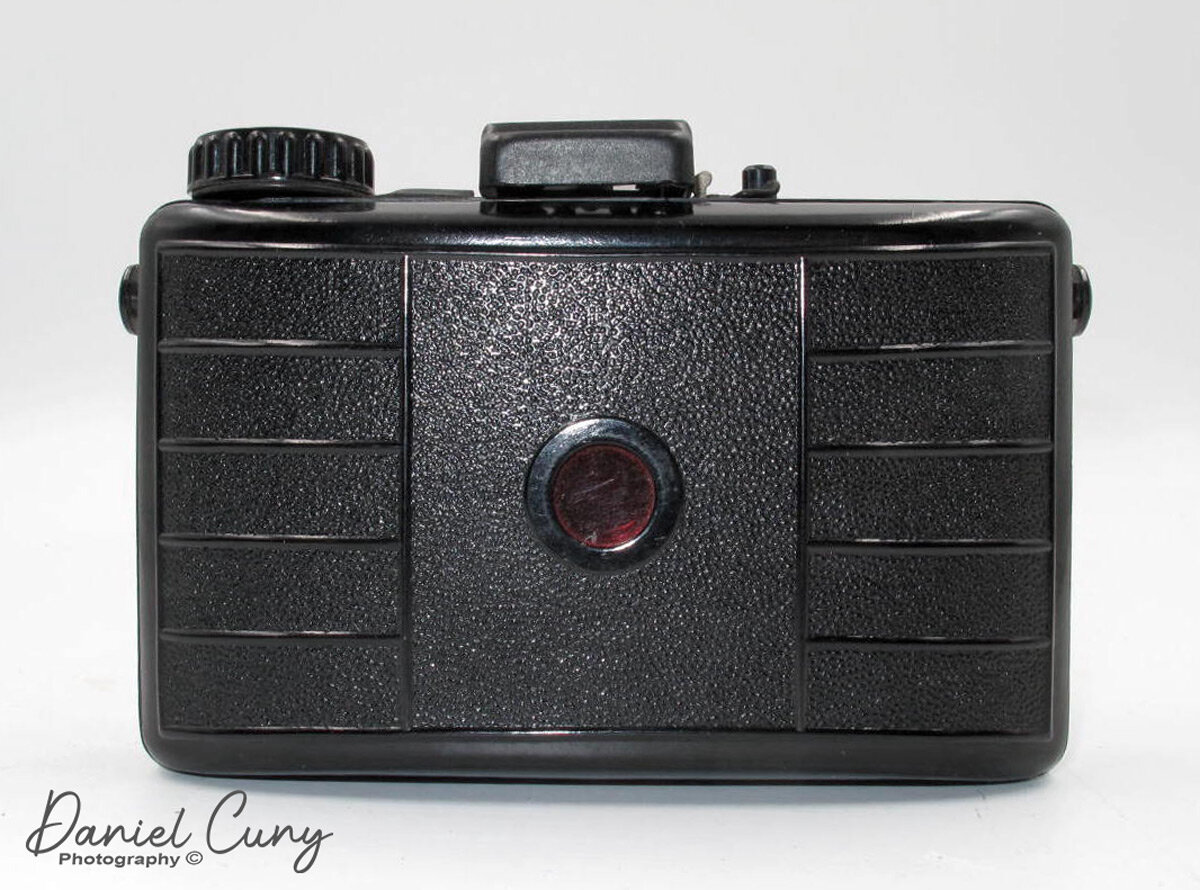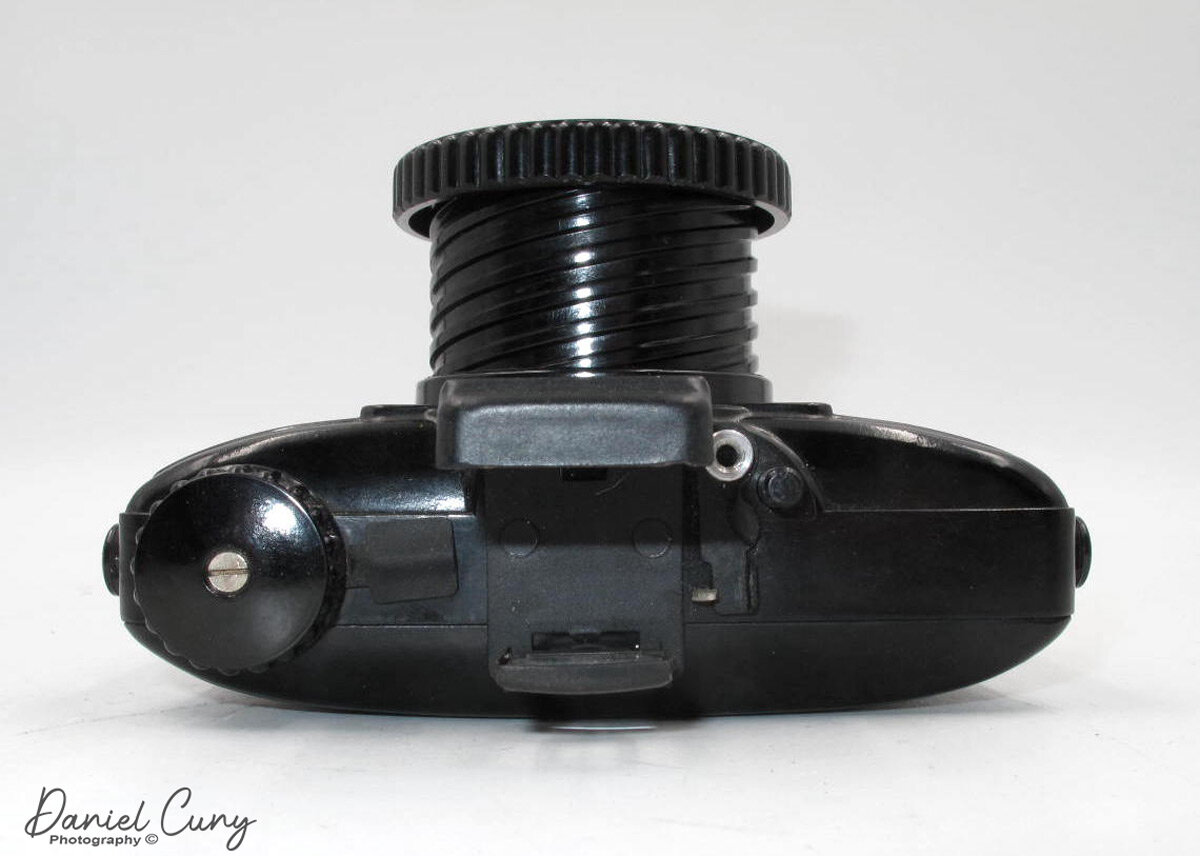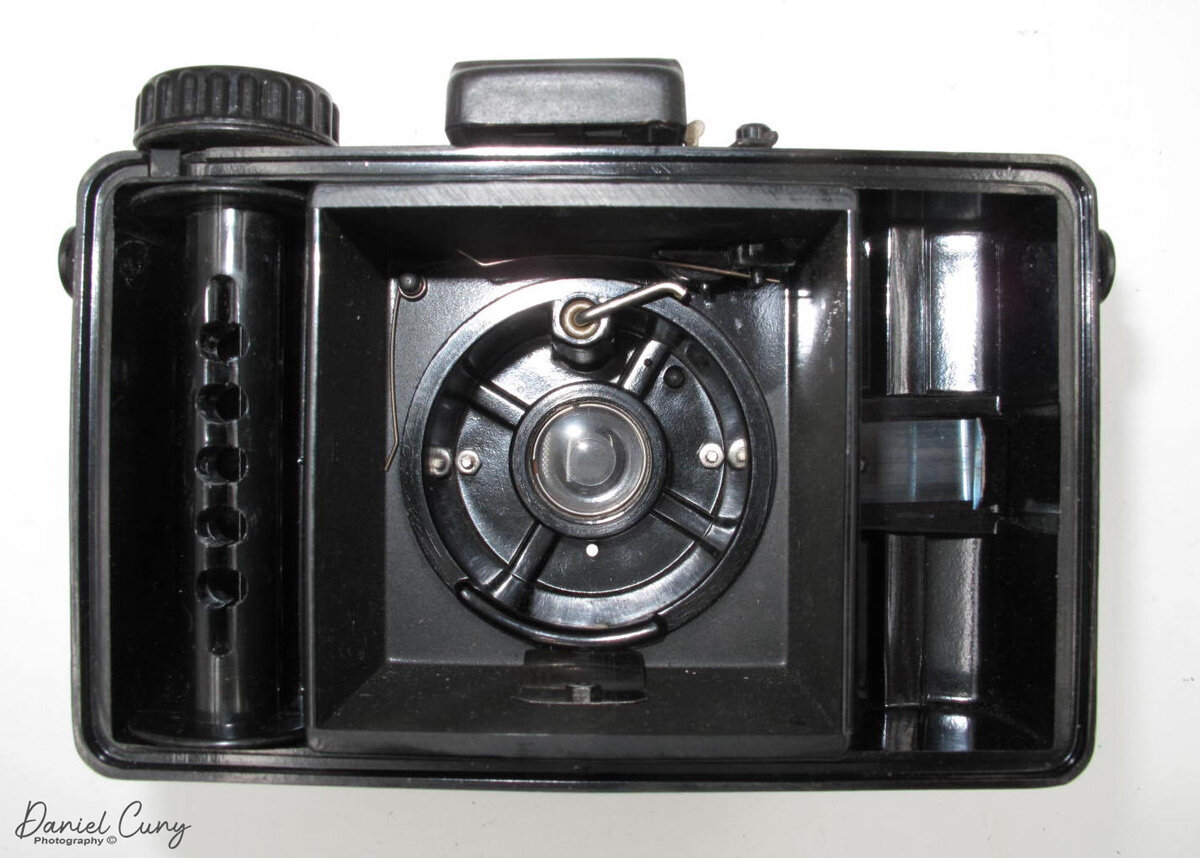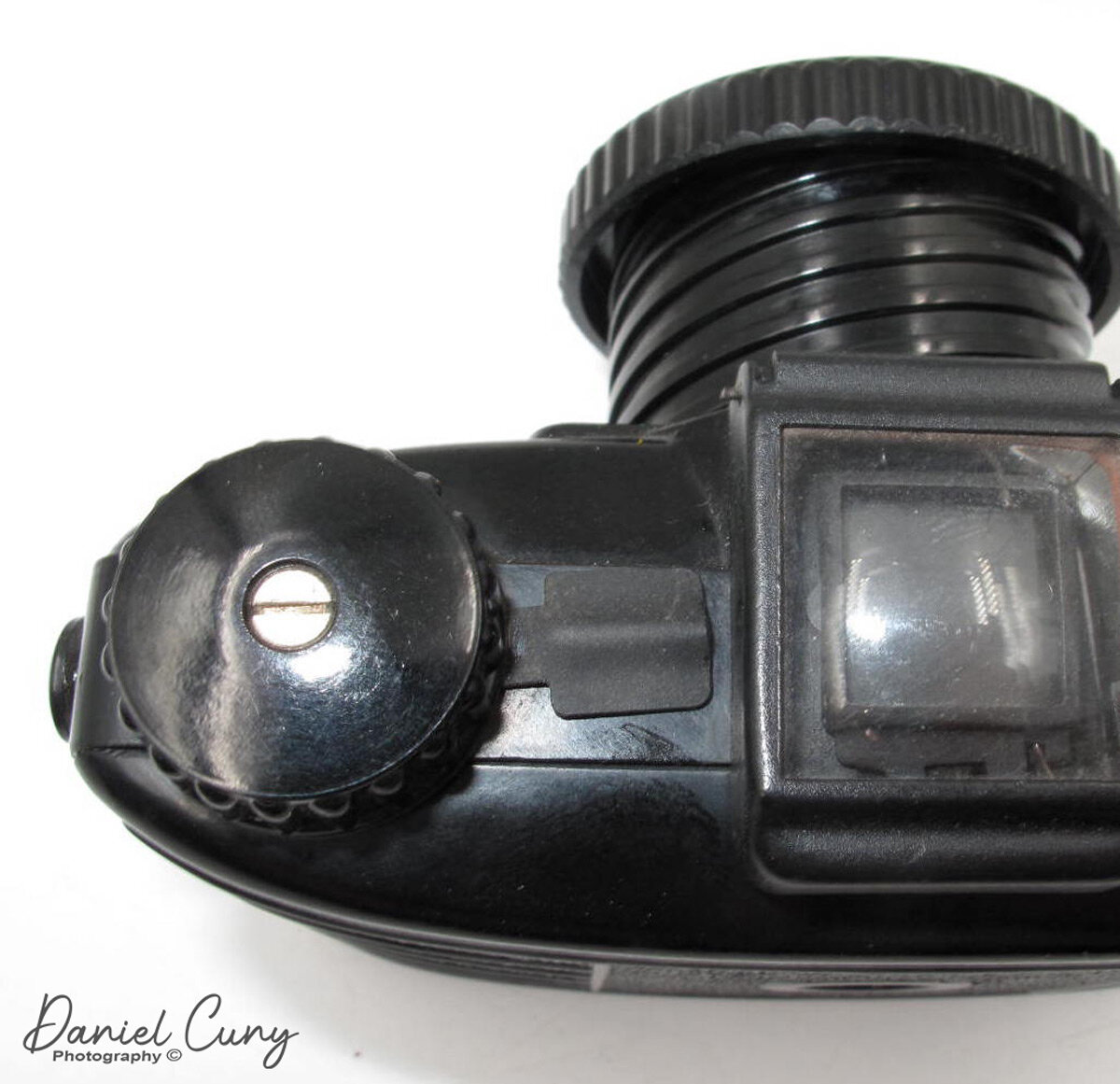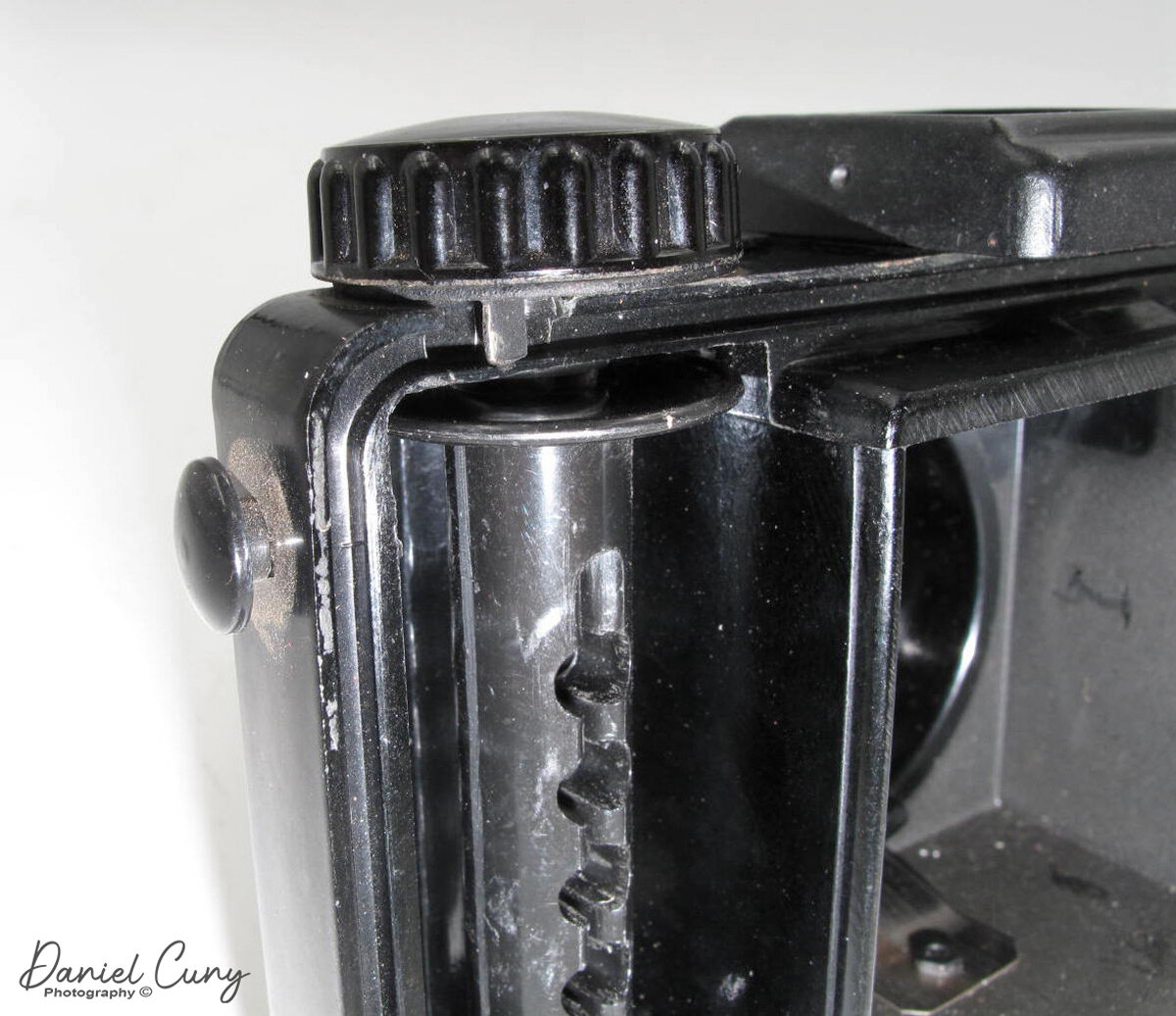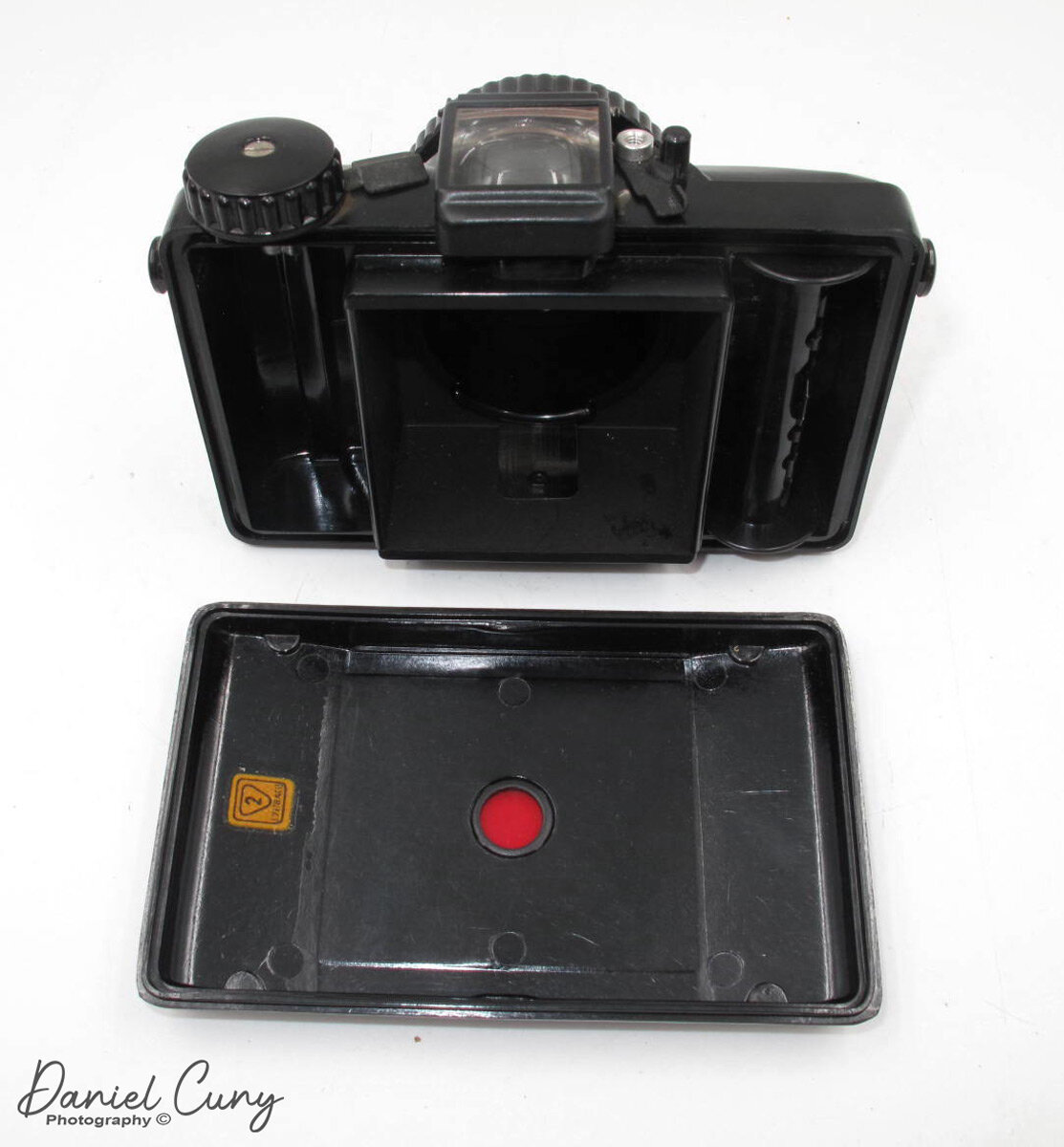My Kapsa camera
On my blog, February is a special time for vintage camera enthusiasts like us-it's Box Camera Month, a time to celebrate and explore the unique charm of these classic cameras.
Looking through my collection, I noticed I had several different box or box-style cameras that I wanted to use and write about. So, in the middle of January, I thought I should spend the month of February using and writing about the four box cameras I was thinking about.
The first camera that I noticed was the Kapsa camera. It's been on my shelf for a couple of years, and I purchased it in a large group of cameras from an online auction. At first, I didn't think too much of the camera as the items within the group I was primarily interested in were a couple of Olympus Pen F half-frame cameras. As I was unboxing and unwrapping the items I had purchased, the Kapsa was a camera that drew my attention due to the heavy Bakelite material. The name was one that I wasn't aware of.
D. F. Vasconcellos (DFV) Logo
After doing some research on the camera after the unwrapping, I found out that the camera is rare in North America because it was made and sold in Brazil. I thought that was unusual and dug a bit more into the camera; it also comes in an aqua-blue color, which makes me want to get that version even more because of my love for colored and unusual cameras. I found even more interesting information when I did more digging into the camera and the company that manufactured the camera.
The Company.
D. F. Vasconcellos (DFV) manufactured the Kapsa camera in the 1950s, but the company, which was founded in 1941 in Sao Paulo, Brazil, began manufacturing precision optical instruments, like surgical microscopes and other items for the Brazilian military.
In the 1950s, D. F. Vasconcellos diversified into consumer items like binoculars, magnifying glasses, and loupes. This was also the time they ventured into camera manufacturing, a move that filled a growing market for photography in Brazil.
Brazilian ad for Kapsa camera.
My guess is that companies like Kodak and Agfa, which were making simple cameras and importing them into Brazil, were somewhat expensive for the average Brazilian consumer. Since D. F. Vasconcellos was getting into the consumer market, they decided to manufacture an inexpensive, well-made, but simple camera for the Brazilian market.
Getting into the camera manufacturing business must have been successful because they made cameras other than the Kapsa for the Brazilian market. They had a total of six cameras in their lineup. Some of the different cameras D. F. Vasconcellos made are very similar to some of the cameras made by Ansco. One camera made by D. F. Vasconcellos was the Zina 25, which is a copy of the Ansco Cadet II. There are thoughts that some of the cameras made by D. F. Vasconcellos were from older Ansco molds. This makes sense, as other cameras within their lineup have similarities to the Ansco line.
D. F. Vasconcellos continued to manufacture cameras into the mid-1960s. Still, soon after, they shut down their camera manufacturing to concentrate on the items they are known for today. According to their website, D. F. Vasconcellos manufactures surgical microscopes and other specialized equipment used in the Ophthalmology, Veterinary, Otorhinolaryngology, and Dental fields.
My Camera:
My Kapsa camera is the size of many standard box-style cameras from the 1950s. It's 4.5" tall, including the strap lug, 3.75" wide, including the winding knob, 4.75" deep, and weighs 1lb. 2.6 oz and is made of a thicker Bakelite material with a pebble finish over the camera body. The Kapsa camera has a 110mm F11 Vascromat lens. Similar to many other box-style cameras, there are two viewfinders on the camera. The viewfinder on the top of the camera is for vertical format photos, and the second one on the side of the camera is for horizontal format photos.












There are a couple of interesting items within this camera. The first is the controls on the right side of the camera as you hold it, which adds a bit of complexity to the camera. On top is the shutter settings for "I," which stands for instant and has a shutter speed of around 1/100 sec. The other setting is "T" for times exposure. Next to the shutter release is "Trava" or Lock, so the shutter doesn't accidentally trigger while transporting the camera. Under that is the ability to set three different apertures, F11, F16, or F22, and along the bottom is the focus control, which is in meters. There are also flash contacts on the camera for their bulb flash gun, which you can see in the posted ads, but something I don't have.
Camera controls on the Kapsa camera
To open the camera, the locking/unlocking lever is on the left side. This lever allows you to open the camera to load/unload the film. You turn the dial to "ABRE" to open the camera or "FECHA" to lock the camera. Once the camera is unlocked, the right side of the camera pulls away from the camera body so you can load or unload the film.
There are two "wings" on the camera that convert the camera from a 6x9 format camera to a 6x4.5 format camera. I liked this feature as it allows the photographer to get twice as many photos from their roll of film. If you're in the 6x9 format with the "wings" retracted, you'll get eight pictures on the roll, but by flipping the "wings" over the film opening, you'll get 16. The one thing that you'll need to remember, and this alludes to me at times when I do this, is it also changes the format of the image. If you're in the 6x9 format, the camera is in the vertical format when holding the camera vertically. Once you change to the 6x45 format, the format of the image is horizontal even though you're holding the camera vertically. It's just something you need to be conscious of when changing formats.
Many of the articles I read about the Kapsa camera state that it can use either 120 or 620 film. However, my camera is only set up for 120-size film, as the film reel holders have larger openings for 120-size film, not the smaller openings for 620-size film reels.
My Kapsa camera has a couple of issues. On the back of the camera, there should be two red windows for the two formats the camera can use. The first issue is one of the red windows on the back of the camera, which reads the frame number when advancing the film, is missing. It's the right window that's missing, and it is used for the 6x4.5 format photos. That's not a deal breaker when it comes to using the camera. I just taped a small piece of foil over the window since I didn't have red acrylic to glue into the camera. Also, there is a small ship in the Bakelite close to the seam where the film insert fits into the camera body, so I added a small piece of black tape when shooting. My camera is also missing the strap.
My Results:
Since my camera shoots 120 film, I loaded a roll of Ilford FP4 Plus, 125 ISO film into the camera with the "wings" back so I was shooting 6x9 format images. The plastic winding knob is on the right side of the camera, just behind the horizontal viewfinder. I wound the film in the first frame, walked through the neighborhood, and snapped a few images.
Once I was done, I got out the dark bag and processing equipment, loaded the reel with the film, and processed it. Here are some of the results.
Conclusion:
Shooting a box camera brought back some great memories from childhood. I still enjoy holding the camera in a lower position and looking through the waist-level finder to frame the image. Maybe that's why I enjoy medium-format cameras so much; it's the tactile feel of using this mechanical instrument to capture memories that I'm fascinated with.
The camera was fun to use, and the images are good, especially considering what many people feel is a toy. But the world took millions of images with this style of camera.
Thank you for taking a few minutes from your busy day to read about this fun and somewhat rare camera from Brazil. Now, I will be on the hunt for the blue model, preferably in better condition than the camera I have.
Until next week, please be safe.

















